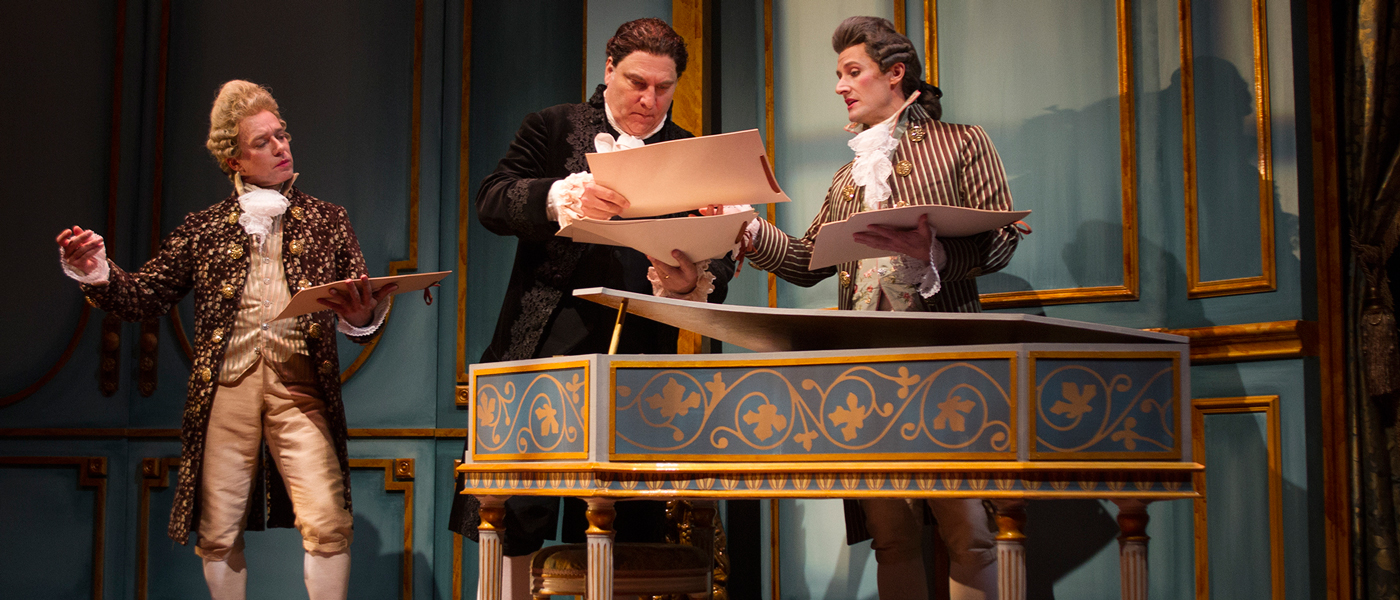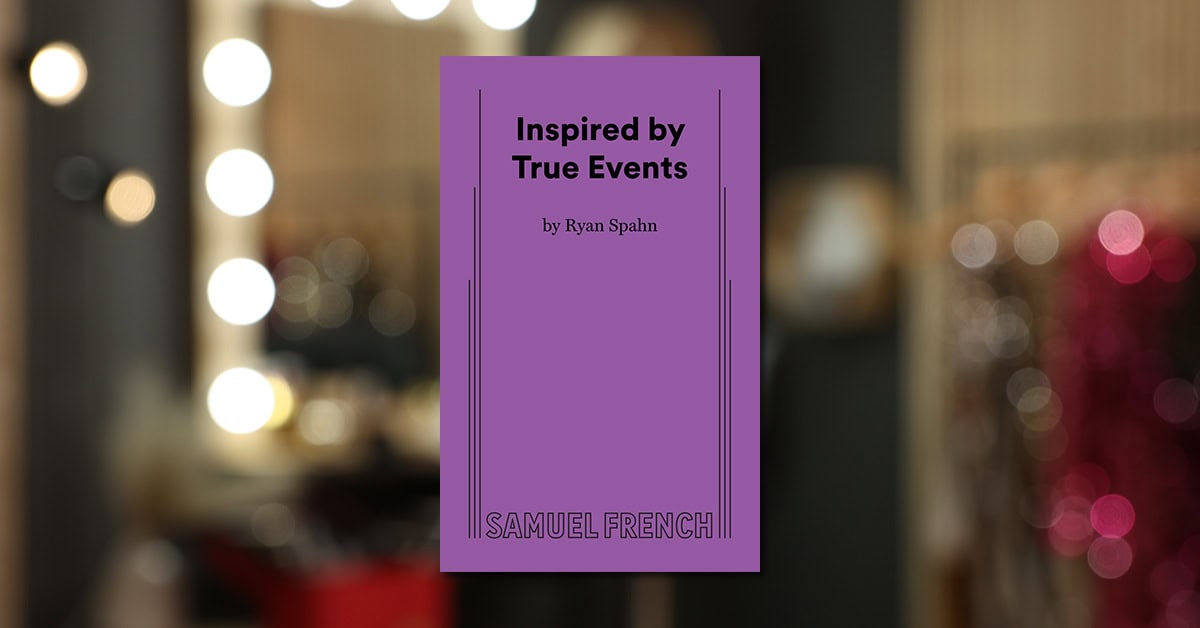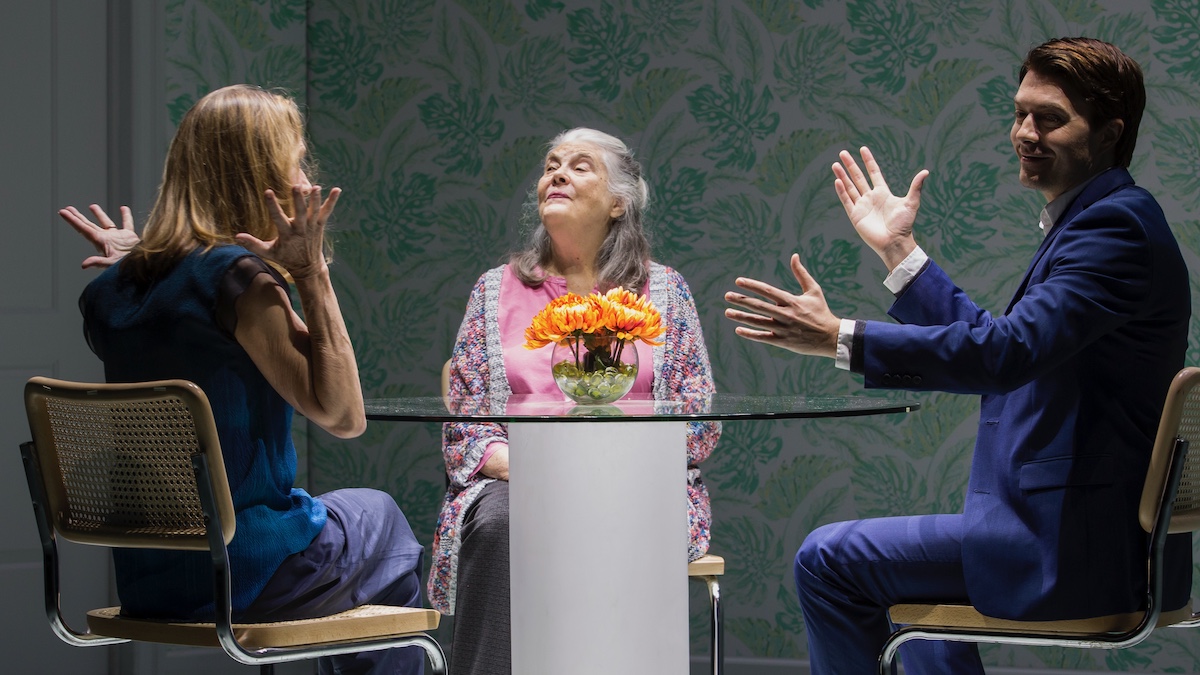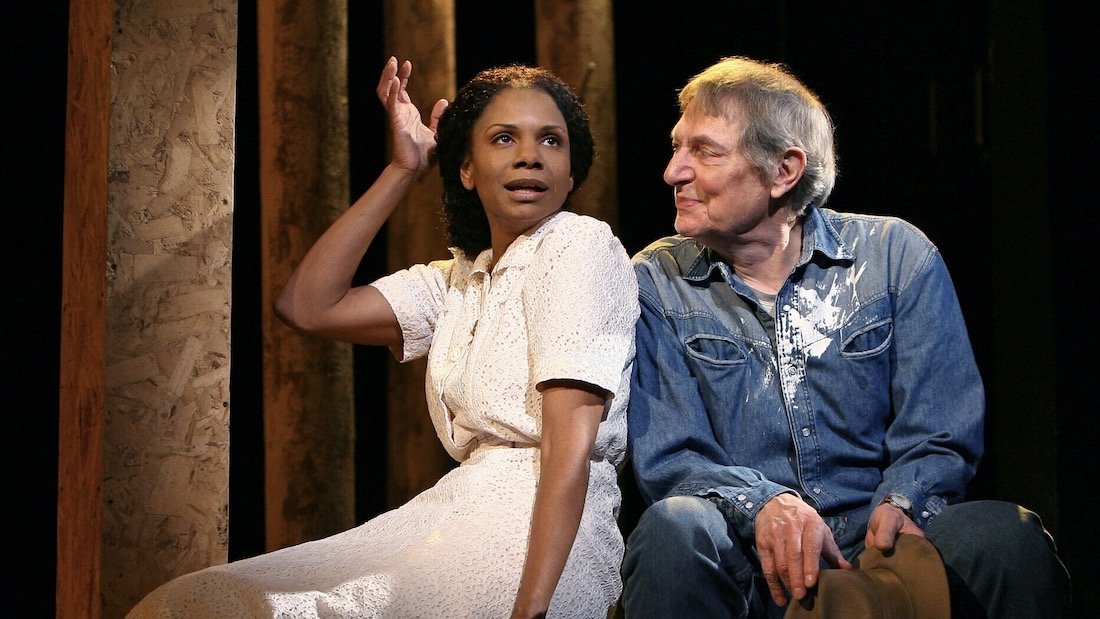
In 1823, the year that Peter Shaffer’s Amadeus begins, Antonio Salieri, at one time Vienna’s most celebrated composer, is past his prime. Now 73 years old, Salieri has lived long enough to see his music fall out of fashion and his influence in the Viennese court dwindle, as his role as the royal music director fades from a position of power to a mere title of respect. What’s more, the buzz around Vienna—“the city of Slander”—is that Salieri has gone mad: after all, the reclusive Italian won’t stop raving that he killed Wolfgang Amadeus Mozart, the revered Austrian composer who died thirty years earlier. “I don’t believe it,” the gossips say. “All the same… Is it just possible? Did he do it after all?”
Only Salieri knows the truth, and as he waits for death, he begs the ghosts of the distant future—his audience—to hear his story, to know his truth once and for all. For their benefit, he revisits the past. “The year—to begin with—seventeen eighty-one,” says Salieri as he sets the scene. “The age still that of the Enlightenment: that clear time before the guillotine fell in France and cut all of our lives in half.”
At 31, Salieri holds the illustrious position of chamber composer in the Viennese court of Joseph II and is the model of success: his operas are loved in both Vienna and across Europe, his musical taste is exquisite and his skill at court politics is undeniable. But the pious Salieri knows that success doesn’t come for free; he believes that God bestows His gifts on only the most righteous, the most deserving. The composer, therefore, commits himself to serving God through music and to leading a virtuous life as a show of gratitude.
But then Salieri meets Wolfgang Amadeus Mozart, wunderkind composer and enfant terrible. Mozart is gaudy, bawdy and petulant—but a remarkable talent. It’s not long before Salieri recognizes his own music is, at best, adequate next to Mozart’s—amusing trifles in the shadows of great works of art—and he’s consumed by jealousy. How could a just God give so much to someone so small? And how could the Almighty withhold the same kind of talent from Salieri, his greatest attendant? As Salieri’s envy grows, he wages a war against God, and Mozart is the battleground. “What use, after all, is Man,” Salieri points out, “if not to teach God His lessons?”
In Amadeus, Peter Shaffer, author of Equus and Lettice and Lovage, brings his story of jealousy and revenge to life using a technique in which the present and past (in Amadeus’s case 1823 and 1781-91, respectively) exist at the same time. On what he believes is his last night alive, Salieri conjures up the past and both participates within it and comments upon it (from the vantage point of the present). Time and location change frequently, but there is no interruption, no breaks between scenes; instead, the audience is ushered from event to event by Salieri, with a fluidity that allows the sweeping story to pick up momentum as its suspense grows.
But Shaffer also complements Amadeus’ storytelling with musical elements—not just with the play’s use of music in the literal sense, but also with its nods to operatic forms. For example, Amadeus begins when “savage whispers fill the theatre” chanting “Salieri.” This chorus is quickly replaced by the Venticelli, two “little winds,” or gossips, who tell the audience about Salieri’s confession of murder. The sequence functions much like an introductory movement—or overture—to the play. Beyond that, one might describe Salieri’s monologues as the play’s arias; or discover that the word games between Mozart and his wife Constanze contain the rhyming patterns of song lyrics; or even find motifs from Mozart’s operas, like blackmail (The Abduction from the Seraglio) or destructive fathers (Don Giovanni), dropped into Amadeus.
“While it’s not a musical, it functions like one,” says director Kent Nicholson, who returns to South Coast Repertory after directing the 2014 production of The Light in the Piazza. But it’s not only the musicality and epic scope that draw him to the piece: “I think people will be surprised how funny Amadeus is…I think that to make people have a profound experience, they have to laugh first.”
To bring Amadeus to life, Nicholson has assembled a creative team of SCR favorites. The design team includes set designer John Iacovelli, whose many SCR credits include this season’s production of Abundance; costume designer Alex Jaeger, who recently designed costumes for the world premiere of Office Hour at SCR; lighting designer Lap Chi Chu, who designed this season’s world premiere of Future Thinking; and sound designer Darron L. West, who designed last season’s world premiere of Of Good Stock.
The cast of Amadeus includes SCR veterans, as well as newcomers. Marco Barricelli, whose successful career includes roles on Broadway and at the top regional theatres across the country, returns to SCR after last appearing in the theatre’s 1996 production of The Taming of the Shrew. Asher Grodman makes his SCR debut as Mozart. The cast is rounded out by Christian Barillas, Mark Capri, Peter Frechette, John-David Keller, Louis Lotorto, Louis Pardo, A.J. Sclafani, Camille Thornton Alson and Geoffrey Wade, all of whom have appeared in previous SCR productions, as well as Bo Foxworth, Cynthia Marty and Liesel Allen Yeager, who are making their SCR debut.
Reprinted with permission from South Coast Repertory.
Photo: Louis Lotorto, Marco Barricelli and Christian Barillas. Credit: Debora Robinson/SCR.
To purchase a copy of Amadeus, click here, and to learn more about licensing a production, click here

Inspired by True Events: A Conversation with Playwright Ryan Spahn

Plays About Technology

